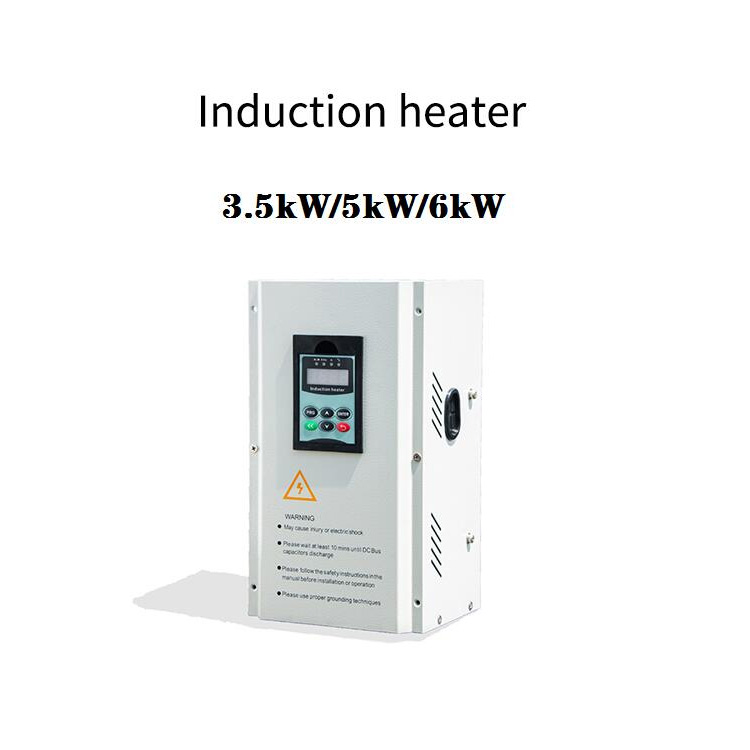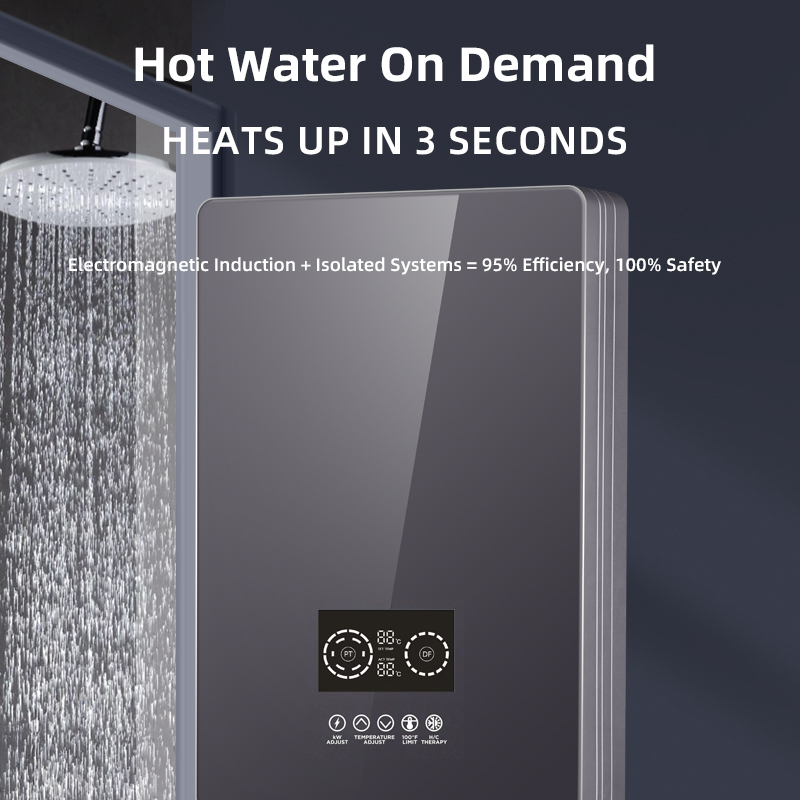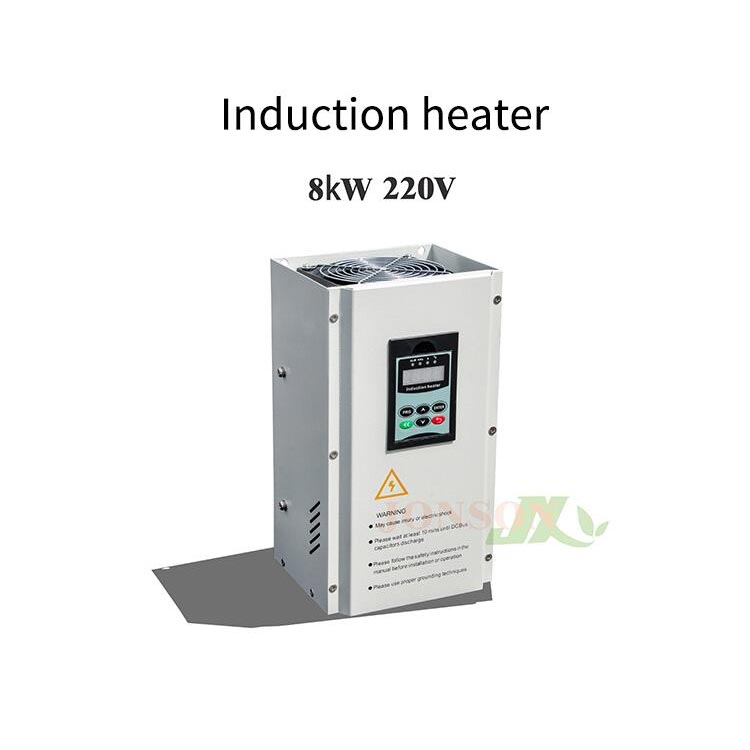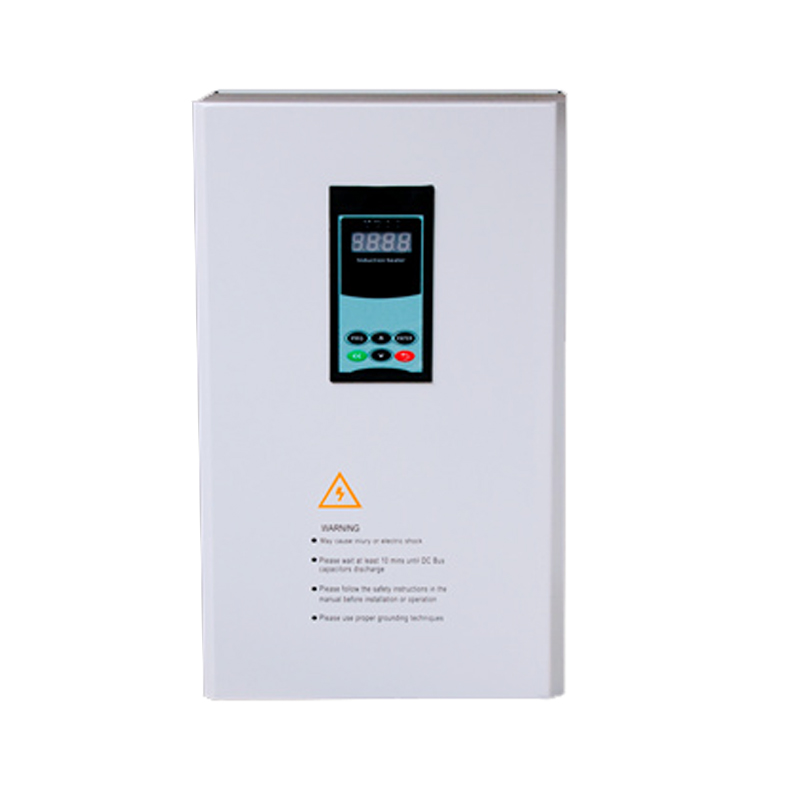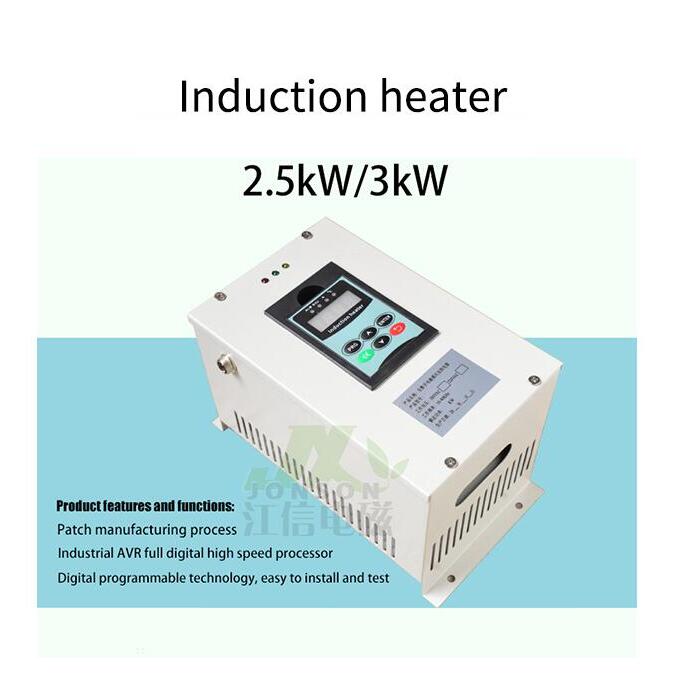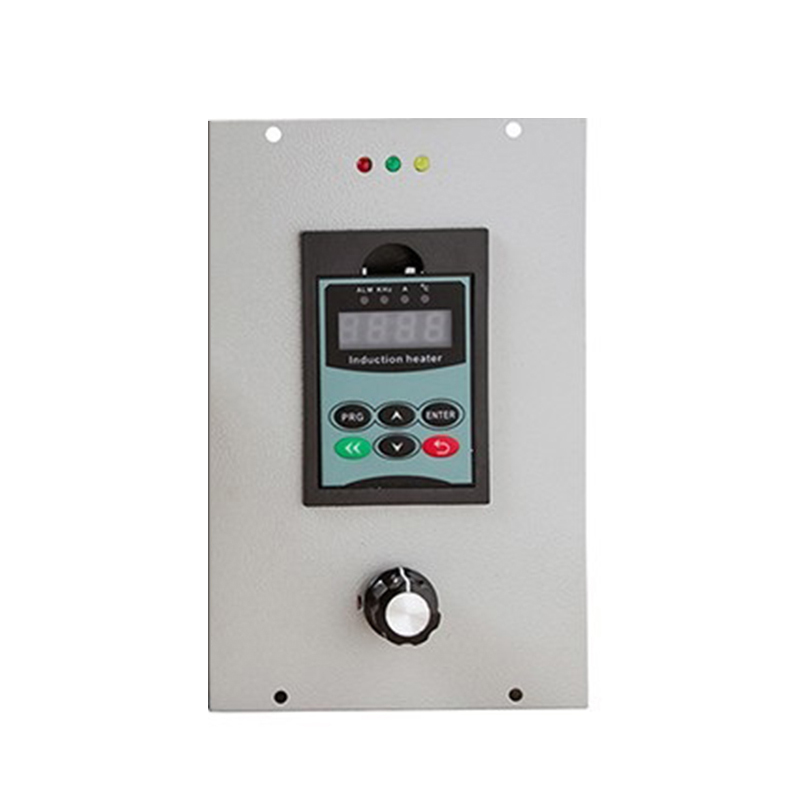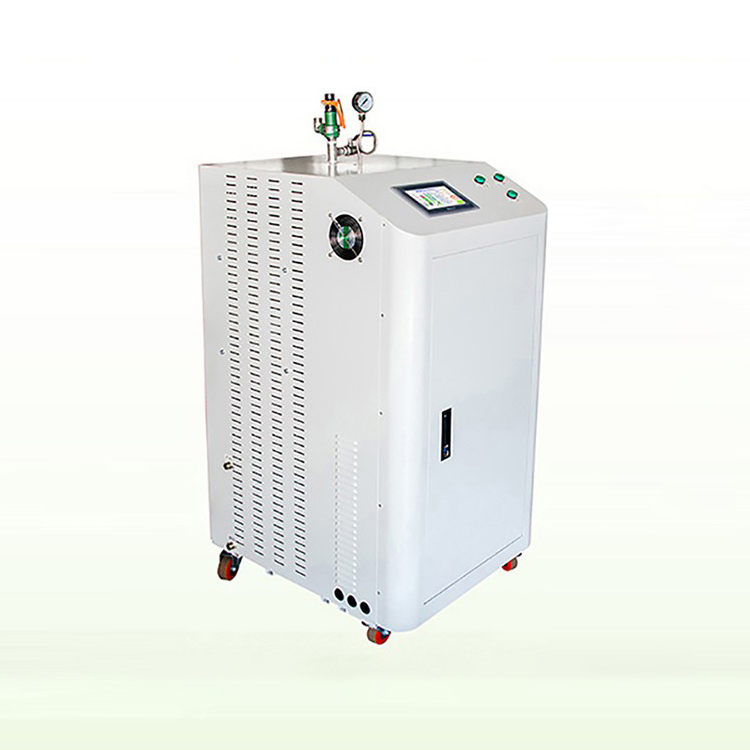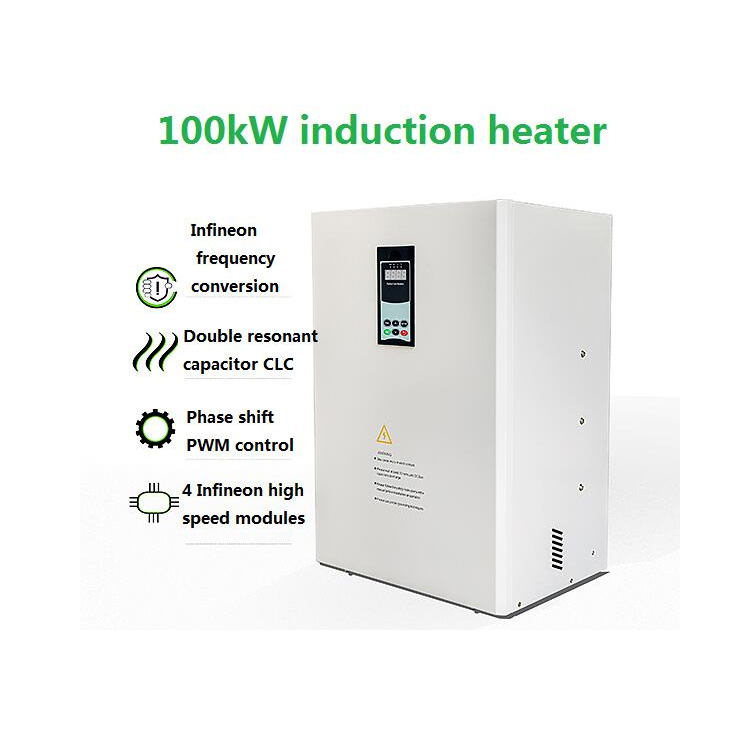Electromagnetic induction heating is an advanced method to heat materials like metals and conductive materials directly through the use of electromagnetic fields. This technology can be applied to plastic extruder barrels to improve heating efficiency, precision, and energy savings compared to traditional heating methods like resistance heaters. For a plastic extruder barrel, using an 8kW, 380V electromagnetic induction heater can offer several advantages, but it also requires careful consideration of design, implementation, and safety measures.
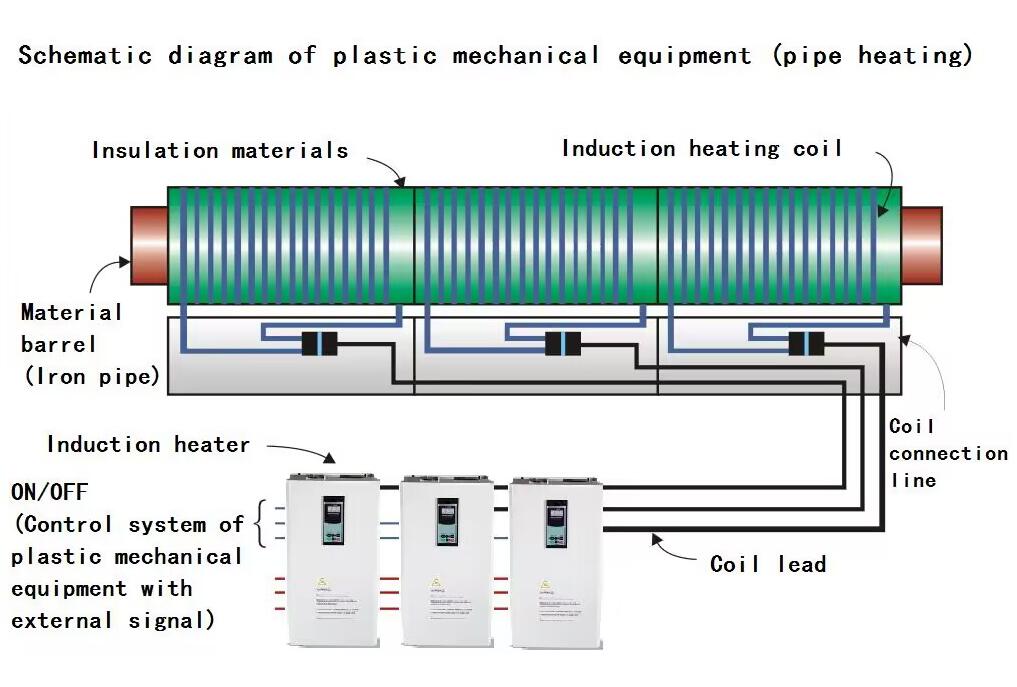
Advantages of Using Electromagnetic Induction Heater:
1.Efficiency: Induction heating is highly efficient as it transfers electromagnetic energy directly to the barrel's material, minimizing heat loss.
2.Rapid Heating: It can heat the extruder barrel quickly, reducing startup times and improving throughput.
3.Precise Control: Offers precise control of temperature, which is crucial for plastic extrusion to maintain the quality of the product.
4.Energy Saving: Can be more energy-efficient than traditional heating methods, leading to lower operational costs.
5.Longer Life Span: Reduces the thermal stress on the extruder barrel, potentially extending its life span.
6.Safety: Induction heating does not require an open flame or hot elements that are exposed, reducing the risk of burns and fires.
Design and Implementation Considerations:
7.Power Requirements: An 8kW, 380V system indicates significant power requirements. It's essential to ensure that the facility's electrical infrastructure can support this, including adequate power supply and safety measures like circuit breakers and proper grounding.
8.Coil Design: The design of the induction coil is critical. It must closely match the geometry of the extruder barrel to ensure efficient and uniform heating. Custom coil designs may be necessary.
9.Material Compatibility: The barrel material must be conducive to induction heating. Most extruder barrels are made of metals which are generally suitable, but the specific material and its properties (like magnetic permeability and electrical conductivity) will affect efficiency.
10.Temperature Control System: Integrating a precise temperature control system is crucial. This involves sensors and a feedback loop to adjust the induction power and maintain the target temperature.
11.Cooling System: Depending on the application, a cooling system might be necessary to cool the coil and the electronic components of the induction heater.
12.Safety Measures: Implementing safety measures to protect against electrical hazards, overheating, and electromagnetic exposure is essential.
Safety Measures and Regulations:
Implementing an electromagnetic induction heating system requires adherence to safety standards and regulations. This includes:
13.Electromagnetic Compatibility (EMC): Ensuring the system does not interfere with other equipment through electromagnetic emissions.
14.Electrical Safety Standards: Complying with local and international electrical safety standards to prevent accidents.
15.Thermal Safety: Implementing measures to prevent overheating of the extruder barrel and surrounding areas.
Conclusion:
Using an 8kW, 380V electromagnetic induction heater for a plastic extruder barrel offers significant advantages in efficiency, control, and safety over traditional heating methods. However, it requires careful planning and consideration of the design, material compatibility, power requirements, and safety standards. Proper implementation can lead to improved product quality, reduced energy consumption, and increased operational efficiency.

